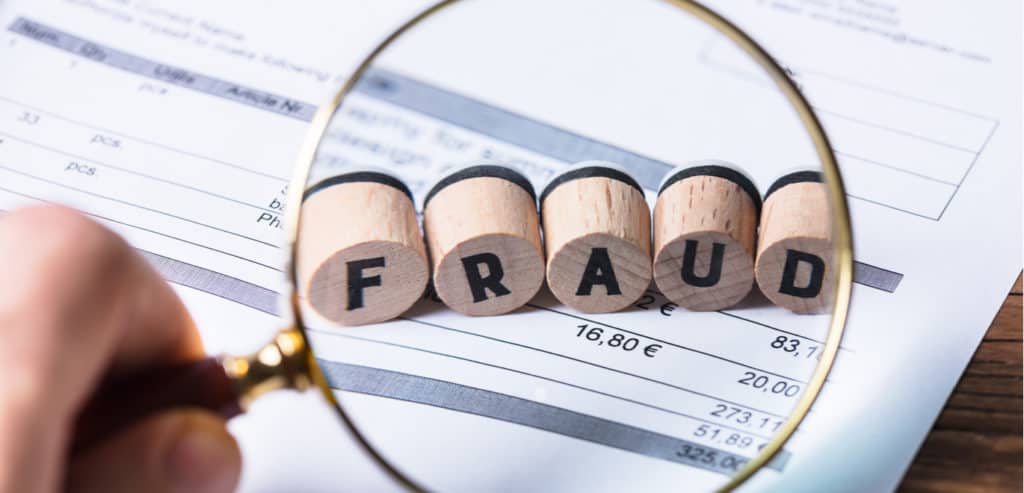Fraud attempts—both successful and unsuccessful—have risen over the past year, according to the recently released “2018 LexisNexis True Cost of Fraud” report. And midsized to large e-commerce retailers with more than $10 million in annual revenue were hit harder than smaller retailers earning less than $10 million a year in sales.
Larger retailers reported a total of 1,525 fraudulent attempts per month, up 43% from 1,068 a year earlier. 572 of those attempts were successful and 953 were prevented. Smaller players, meanwhile, reported an average of 249 fraud attempts per month in 2018, up 11% from 225 a year earlier. 67 attempts were successful while 182 were prevented.
The study is based on a survey of 200 risk and fraud executives in retail organizations that earn at least 80% of their revenue via online and/or mobile channels.
The cost of fraud for midsized to large merchants at $3.20 for every $1 of fraud is also higher than for smaller merchants that pay $2.32 for every $1 of fraud. Last year the cost of fraud for large merchants was slightly more at $3.37 per dollar of fraud. Smaller merchants paid slightly more for fraud last year as well at $2.38 per dollar of fraud. LexisNexis defines the cost of fraud as the total amount of costs related to fees, interest, merchandise replacement and redistribution per dollar of fraud for which the merchant is held liable.
However, fraud costs as a percentage of annual revenue have increased this year from 2.71% in 2017 to 2.91% in 2018 among midsized to large merchants and from 1.82% to 2.05% for smaller merchants.
The report also finds:
- Fraud generated by botnet activity continues to be a threat, with nearly two-thirds of midsized to large e-commerce merchants rating this as a significant issue.
- A sizable portion of fraud losses come from international transactions. 37% of fraud losses across larger merchants are from international transactions. However, that percentage is down from 46% in 2017. That’s compared with 17% for smaller e-retailers in 2018—also down from 19% a year earlier.
- When asked the number of fraud solutions being used, across all merchants the average number of fraud mitigation solutions used is 3.2, up from 3.1 in 2017. However, larger merchants that are being hit harder by fraud on average use more fraud prevention services at 7.4, up from 6.4 in 2017. Small merchant fraud prevention tools remain even at 2.8 on average for 2017 and 2018.
- More merchants are tracking fraud costs by channel (online, in-store, mobile) and by payment method (credit, debit, check). 49% of all merchants track fraud costs by channel, up from 36% in 2017. And 53% track fraud costs by payment method, up from 49% a year earlier.
- When it comes to tracking both successful and prevented transactions by channel, 26% of all merchants track prevented transactions by channel, up from 20% a year earlier. 36% track successful transactions by channel, up from 33% in 2017.
- 41% of all merchants track prevented fraud transactions by payment method, the same as 2017, and 43% track successful transactions by payment method, up from 38%.
“E-commerce merchants need to track both payment and channel fraud—in terms of costs and successful attempts,” the report notes, “but this needs to be part of a broader approach that involves fraud detection solutions designed to address unique risks. Since fraud occurs in different ways depending on selling physical or digital goods and if using the mobile channel, this creates multiple endpoints and ways that fraudsters can attack. They continue to test for the weakest links and where they can operate undetected. Knowing where they’ve been successful is important for ‘plugging the gaps;’ but also knowing where they’ve tried and failed is important in order to maintain vigilance.”
Favorite